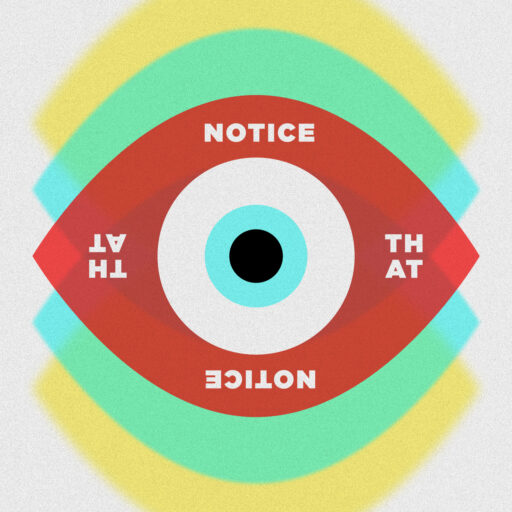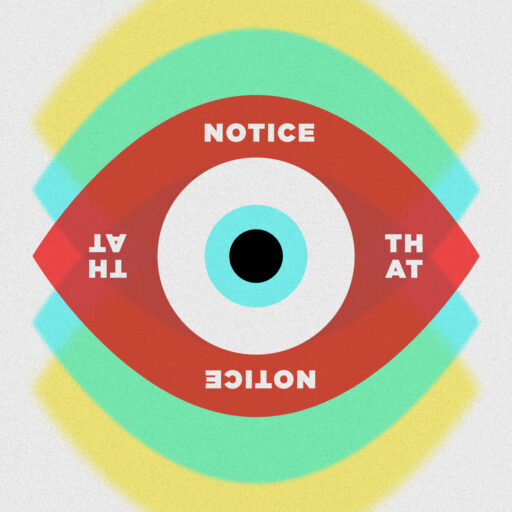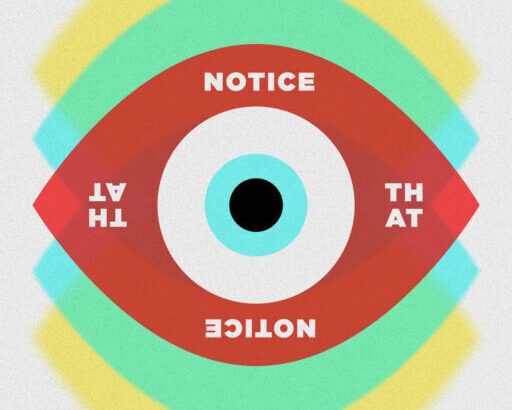Episode 61: Three Channels of Processing

Listen to this week’s episode of Notice That to hear Jen and Bridger discuss the three channels of processing and how they relate to EMDR.
Practical Applications using the Three Channels of Processing
- The three channels of processing include cognition, affect, and somatic sensations
- Don’t wait for the body scan to ask about physical sensations and affect
- Instead, notice and call attention to them throughout
- Paying attention to the memory repeatedly encourages the myelination of the new pathway
- Communicate the discrepancy you feel when a client states they’re clear
- “I hear that you’re feeling like you have a new understanding for this experience. But I don’t know, for me, I’m still feeling some activation in you around it. And I’m wondering what that is, if it’s about the time we have left, or even just wanting to put it away right now?”
- Ask about thoughts, images, emotions, and physical sensations.
Holistic Processing through the Three Channels
- Many clinicians simply look for the V.O.C. to be a 7.
- Often forgetting to include the emotional and somatic channels.
- It’s satisfying for both the client and therapist to have a “complete” session.
- However, to truly have a complete session, notice the client’s perception, affect, and bodily sensations throughout the processing session.
- Remember, EMDR is not meant to be cognitive therapy.
Resourcing and the Three Channels of Processing
- Connect to all three channels of processing for the most efficient resourcing.
- Preparation can become the relationship between the therapist and client.
- Through the relational exploration, you’ll find effective resources.
- Additionally, you’ll be better able to tune into what’s happening in the processing.
Where attention goes, energy flows
- The whole brain is at work.
- Memory reconsolidation (reprocessing) only occurs when the memory and all of its parts (cognition, emotions, physical sensation) are evoked and paid attention to.
- When the reprocessing is successful using all three channels, a new association is developed in the brain.
- However, this new association is weak.
- To encourage myelination of that association, we have to give attention to it repeatedly.
- REM sleep helps maintain these associations.
Links
- BHC retreats and therapy
- Consultation and trainings
- Get access to exclusive content and help support the show through Patreon!
- Don’t forget to listen to last week’s episode, containing an interview with Dr. Kucharski about eating disorders.





